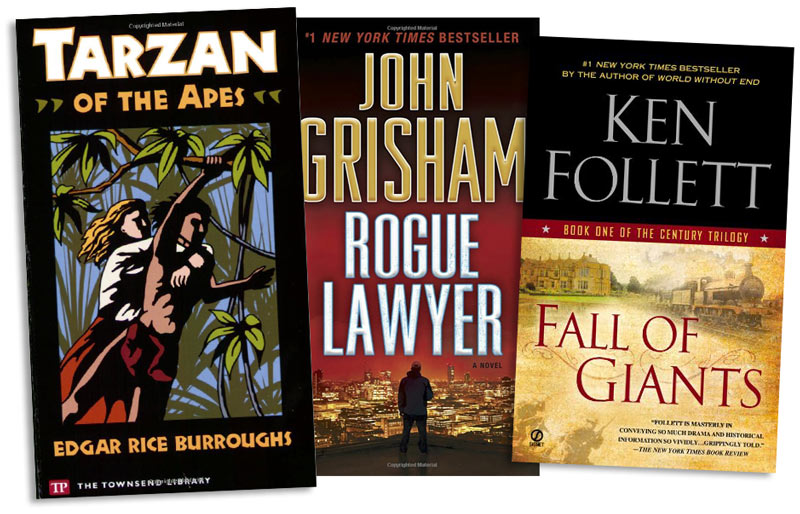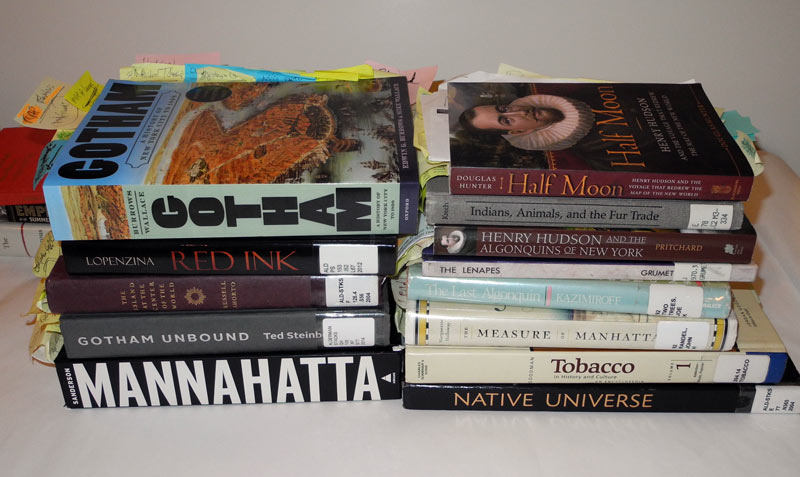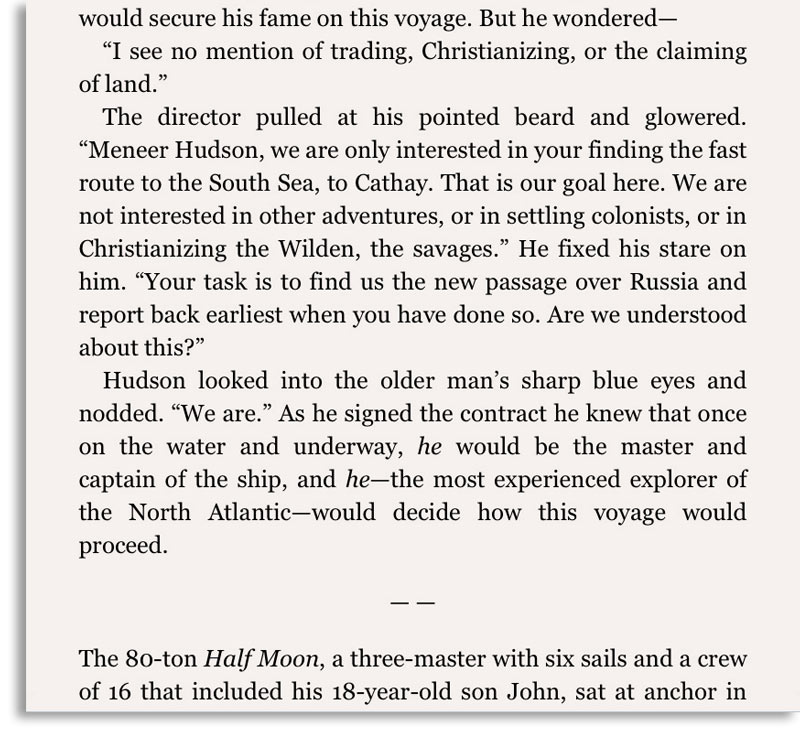
A recent Gallup Poll has some good news for people reading—and writing—books:
— 35% say they read more than 11 books in the past year
— 53% of young adults read between one and 10 books in the past year
While there are some questions about the methodology of Gallup’s research, the study headline is a great one: Rumors of the Demise of Books Greatly Exaggerated (if you don’t know, that’s a play on the Mark Twain quote about him being dead).
And Gallup wraps it up at the end with this: “… while some have alleged that technology would displace printed books, this shift has not been as swift as expected. In fact, recent industry data show that sales of printed books have been increasing. While it is unclear if Americans are reading books only partially, reading shorter books or reading lower-quality books than they used to, the fact that they are reading just as many books as they were 15 years ago could signify welcome news to aspiring authors and publishers.”
Yes, indeed. I’m good with that. And this: “This suggests that book reading is a classic tradition that has remained a constant in a faster-paced world, especially in comparison to the slump of other printed media such as newspapers and magazines.”
Yep. While I read some of the big newspapers digitally on my iPad, I rarely read the local newspaper, and I’ve let all my magazine subscriptions lapse. But books I still like. These days, I read books to:
• Learn something. Self-evident. And it’s the reason I wrote my non-fiction books about digital imaging and printing years ago: to impart information. And now that I’m writing historical fiction, I need to do a lot of research. And that means reading history books and incorporating that history as much as I can into what I’m writing.

• Get lost in a good story. Adventure. Legal thrillers. Historical fiction. Anything that holds my attention and lets me enter a story world and forget about the real one outside. Yes, it’s diversion and entertainment, but there’s nothing wrong with that. I watch movies for the same reason (though rarely in a movie theater anymore), but a book is something special. It’s small and personal. Just me and the little thing I’m holding. And the words on the page (or screen). Those little black marks that my mind converts into images, thoughts, and feelings. It’s magical, don’t you think?

• And… To me, the beauty of historical fiction is that it combines both of the benefits described above. You get to be entertained and learn something at the same time. And there’s even more than that. Historical fiction opens my mind to the past. Rethinking—and hopefully re-living—what people did and thought and felt. Which helps me deal with the world today.
What I Decided to Do
I recently went back to the running document I keep about my experience writing fiction. It’s an inner conversation where I ask myself questions and then answer them. I started it on June 16, 2014, when I was stuck on what I was going to do next, and I keep adding to it whenever I can. It’s become a sort of diary of this novella-series writing project I’m engaged in. And it’s interesting to go back and skim through my early thoughts. Like this exchange (with myself):
And what did you come up with?
I think what fascinates me most about reading fiction is the concept I’ve written about before (and experienced in Jamestown, in Niécephore Niépce’s house, at Kitty Hawk), which is: closing my eyes and imagining that I AM THERE. In that location but in an earlier time. Seeing myself BEING THERE when it all started or when it all changed forever.
So, moments of big change in history?
Yes, exactly. And being transported back in time. A type of time travel, I guess, but not literally; just in my mind. And comparing it (maybe not overtly) with what it’s like today.
And what type of writing is this called?
I’d say: classic Historical Fiction. Where there is a basis in fact but the details are mostly made up. Some are obviously more made-up than others. Take Girl with a Pearl Earring by Tracy Chevalier. She takes a small piece of actual history (Vermeer’s painting) and imagines all the rest. She fills in the gaps and the mystery (“Who was the girl?”) with her own invention, although she researched what life at that time was like.
Isn’t there already historical fiction about New York or Manhattan?
Yes, but they all start later than what I’m thinking about. The birth of NYC really begins in the year 1609. That’s the crucial turning point in New York City’s history. And that’s where I want to start.
And no one has done that already?
Nope.
You’re absolutely sure about that?
Yes. And to make doubly sure, I asked the NYC Chapter of the Historical Novel Society if they could prove me wrong, and they couldn’t.
Well then… what are you waiting for?
P.S. If you haven’t already, Subscribe to Harald’s news and updates, and get your free PDF infographic: “Manhattan: Then & Now — 1609-2016.”

Very interesting and informative. Like I discovered in school, it’s not the subject, it’s the teacher; when you find one that speaks to you, take whatever class that teacher is teaching. That applies to authors like Harald Johnson. What a pleasant and informative surprise for him to share his views on books, writing, reading and his process! I look forward to more magic from HJ. RM
Thanks for the very kind words, Richard.